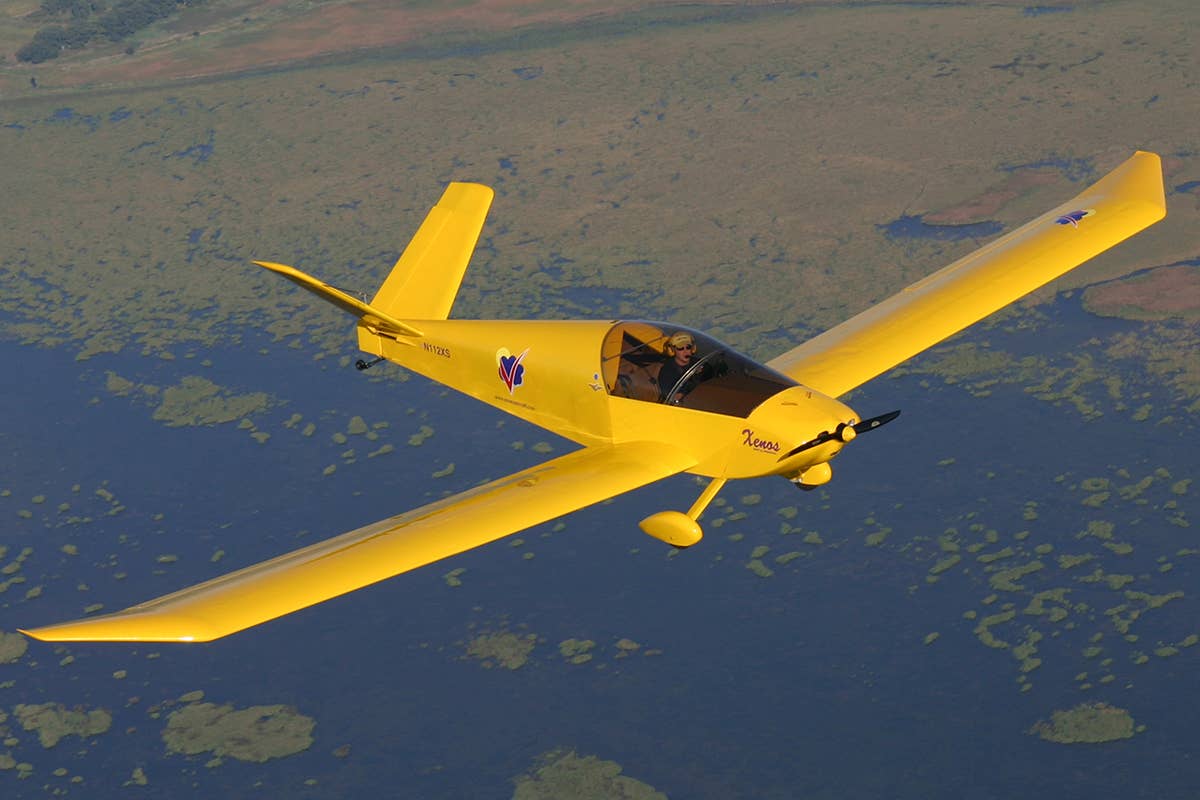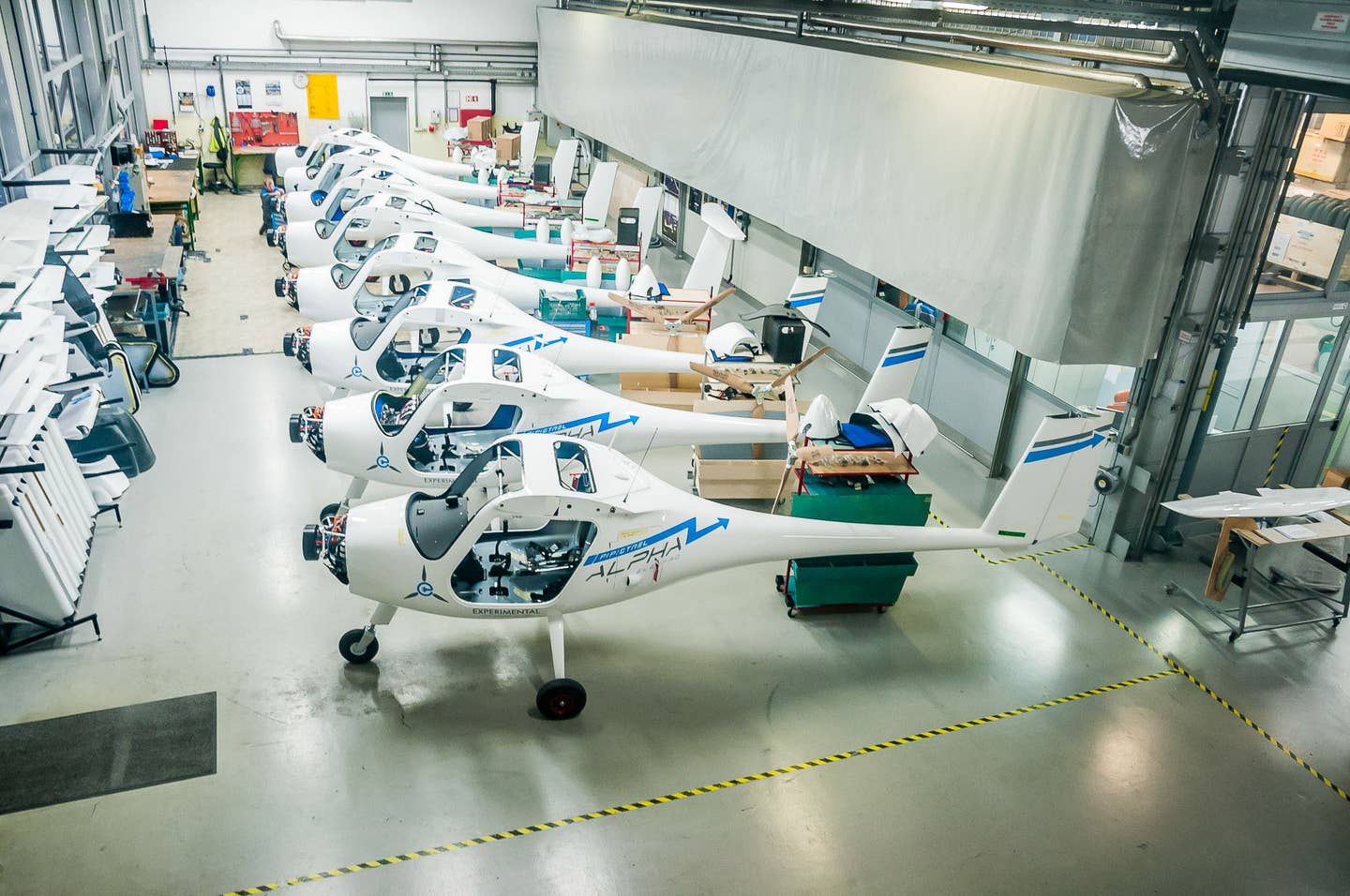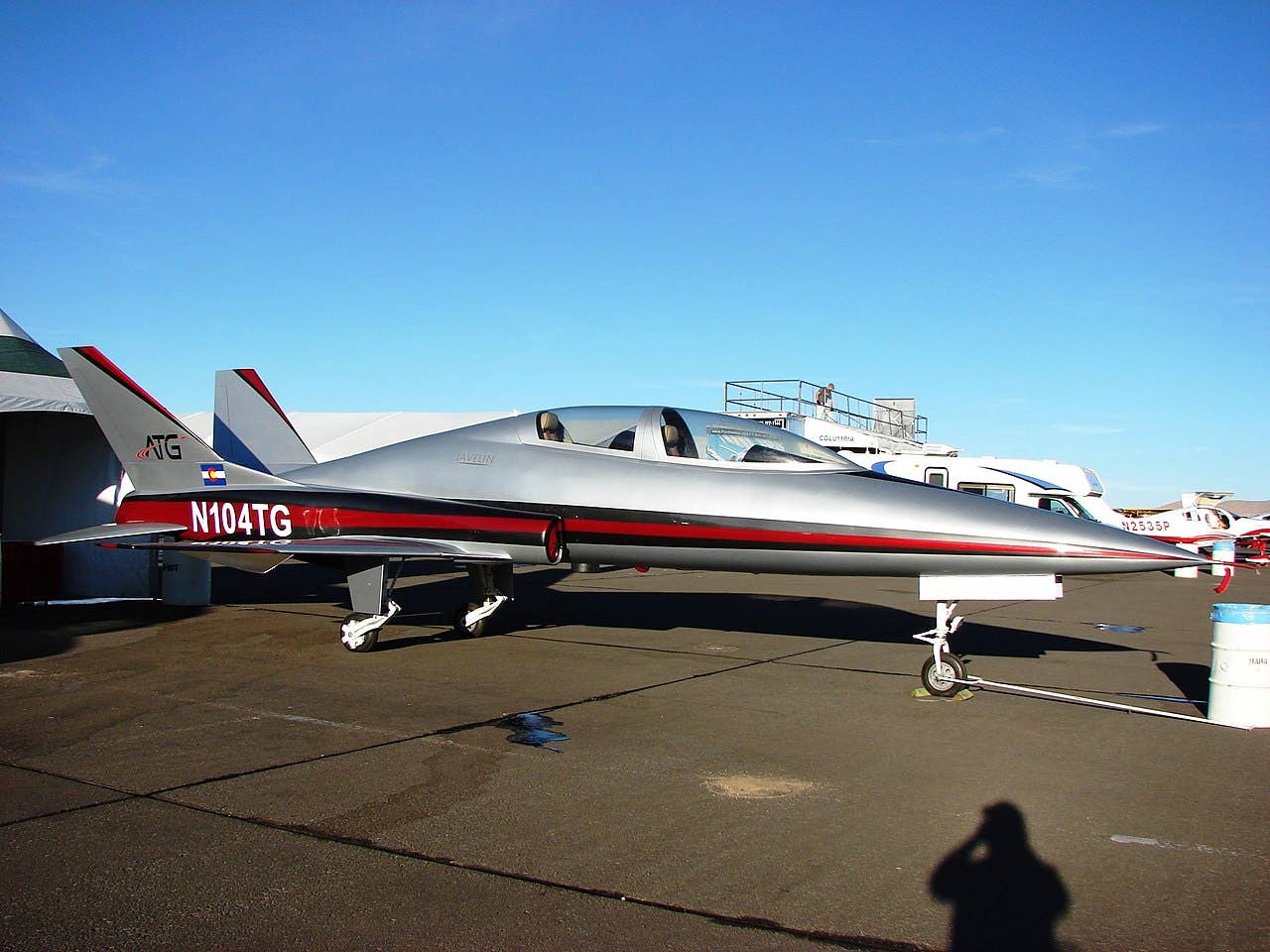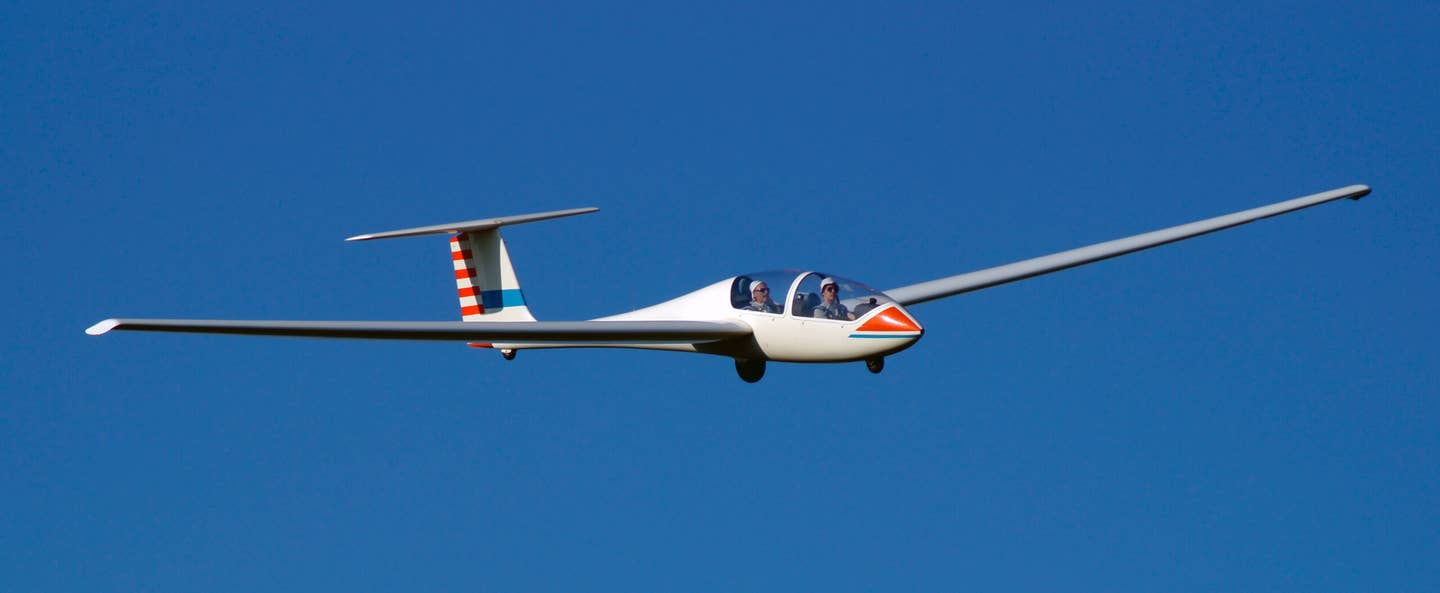Less Aircraft Owner Stress? Set Up Your Reserve Funds This Way
Learn how to let your maintenance, overhaul, and other reserve funds grow themselves for you.
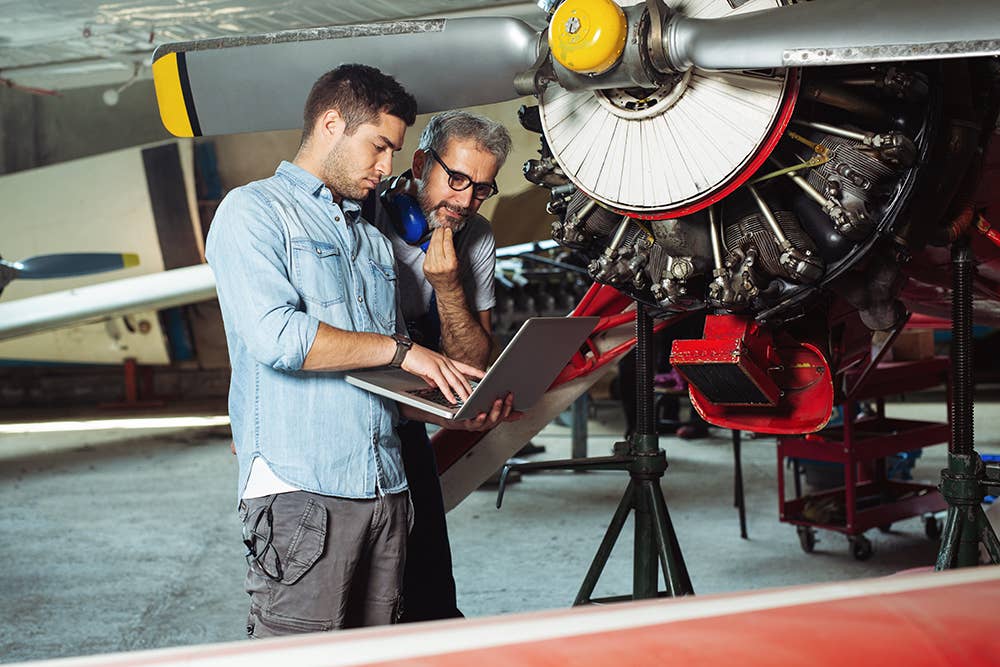
Needing money for repairs is a necessary evil of aircraft ownership. [File Photo: Adobe Stock]
In case you missed the last couple weeks, we’ve been using an aircraft costs calculator to optimize and reduce the expenses of owning an airplane. Our analysis thus far has shown our reserve funds for general maintenance and engine overhaul to have little room for savings. While this is an unfortunate truth of aircraft ownership, we can at least put these funds to work for us.
Treat Your Cessna Like a B-1
Remember our recent discussion where we noted that, with both jets and investments, the faster you go, the faster you go? I want you to treat your aircraft like the Bone.
No, I don’t mean strapping bombs to the wings or pulling extra Gs to make your back-seaters puke. (Who, me? Never!) I want you to use the principle of compounding interest to let your maintenance, overhaul, and other reserve funds grow themselves for you.
The Wrong Way
I write about pilot math because most of us are terrible at it. We think: “If I buy that airplane, I can fly it for nothing other than the cost of fuel and a little maintenance. It’ll be so cheap!”
We make our purchase and launch into the wild blue. Everything goes fine until a vacuum pump fails, or the engine starts making metal.
At this point, the airplane spends months grounded while you scrounge together enough money for the engine overhaul or other repair. You’re trying to do it on the cheap, so you hire a local shop to take care of it. They do a good job, but nowhere near as thorough as what you’d get from a factory overhaul by Teledyne Continental Motors.
You spend the next 2,000 hours chasing oil leaks, timing issues, and who knows what else. If only you could have done it better.
A Better Way
Preventing that nightmare is why I say it’s so important to actually set up and pay money into your reserve funds every time you fly.
Most banks want your business and would love you to set up an extra account or two with few or no fees. Some banks waive fees if you keep your balance high enough. Our goal is to have $30,000 or more for a new engine, so you should meet the minimums quickly.
“...it’s so important to actually set up and pay money into your reserve funds every time you fly.”
If your bank hassles you about having one account for your engine reserve and separate accounts for your overhaul and other reserves, consider walking out the door and finding somewhere with better customer service. However, you can also just deposit the money for all three reserve funds into the same account and keep track of each in virtual accounts on a spreadsheet.
Having partners makes this setup even more important. It’s easier to make yourself pay into your reserves if your partners have to do the same. Make sure each partner gets regular reports on your funds.
This can work informally, governed by a simple co-ownership agreement. However, the more serious you get about your accounting, the more legitimately you could turn this venture into a business. If you go down that road, much of your airplane’s care and feeding could become a tax deduction. Be sure to get professional advice before you try this. However, more than one fantastic flying club has been born by people doing this correctly.
The Investor’s Way
While keeping your reserve funds in a checking or savings account is the bare minimum I recommend, I say it’s not nearly enough. Why leave all that money sitting there, potentially for years, while inflation erodes away your value?
You should invest the money in your reserve funds.
Brokerages like Vanguard, Fidelity, and even Robinhood want your money just as badly as your bank, but they offer superior investment options. You can set up one or more brokerage accounts for each of your reserve funds, invest them in stocks, bonds, mutual funds, and ETFs, and let them grow until you need them.
In our example, we bought a Cessna 172M with 705 TSMOH and planned to fly it 200 hours per year. Needing roughly $30,000 for overhaul at 2,000 hours, our engine reserve was $23.17 per hour, or $4,633.20 per year.
If we were to just let our engine reserve funds sit in a checking account, we’d hit our goal of $30,000 right at 2,000 TSMOH in about 6.5 years. That’s good enough as long as inflation hasn’t increased the price of an overhaul. What if we’d invested that money though?
Recall that the long-term return for the S&P 500 is 10.9 percent, or roughly 6.8 percent adjusted for inflation. Let’s assume an even more conservative 5 percent return and invest our engine reserve funds in a total stock market or S&P 500 index fund while we wait until our engine reaches TBO.
Using this strategy, the value of our engine reserve fund would reach our $30,000 goal a year early while our engine only had about 1,800 hours TSMOH.
Having All the Options
This is an ideal position for aircraft owners. Your overhaul is paid for, hopefully before you need it. Now you can choose among several strategies, depending on your goals. You could:
- Continue paying into your overhaul reserve fund and use the extra money for upgrades. You could buy better cylinders, find a new crankshaft instead of inspecting and repairing your old one, or you might even be able to afford a full factory remanufacture, instead of just an overhaul, when the time comes.
- Stop paying into your overhaul reserve altogether. This means decreasing the hourly rate you charge yourself by $23.17, making each hour even more affordable. If you have partners, this could help encourage some of them to fly more for a while. (Bonus here: your overhaul reserve will continue to grow, even though you aren’t actively contributing to it.)
- Continue paying into your overhaul reserve, and just roll over any excess toward your next engine overhaul. Between starting with a balance above zero, and having a full 1,800 to 2,400 hours until TBO (depending on your engine) the hourly amount you charge to cover your engine reserve could end up much lower than your old rate of $23.17.
- Spend the money on other upgrades for your airplane. I’ve never seen an airplane that couldn’t use a new radio, engine monitor, windscreen, upholstery, paint, or something else.
- Refund the excess back to yourself and/or your partners.
You can follow the same principles here with your maintenance and other reserve funds. Invest them, and only pull out what you need when you need it. I try to plan a generous estimate for my maintenance reserve, but some years are better than others. If you don’t spend your entire fund this year, that just gives it more time to grow before encountering future expenses.
One last note is that you’ll have to pay capital gains tax on any of the profit you made from your investments. This eats slightly into the benefit of this strategy, but I think it’s still worthwhile. Again, if you have a partnership structured as a legal business entity, you may be able to find a lot of tax advantages here. Talk to a tax pro if you are considering this option.
Don’t worry that your funds are “tied up” in stocks or mutual funds. We live in amazing times where you can use your phone to sell stock and transfer it into a checking account in more than enough time to pay your overhaul or maintenance bill.
Wrap-Up
Having reserve funds set aside for maintenance, engine overhaul, and other upgrades are a necessary part of aircraft ownership. While there isn’t much you can do to reduce them right off the bat, you can get big advantages by investing those funds so they can work for you.

Sign-up for newsletters & special offers!
Get the latest FLYING stories & special offers delivered directly to your inbox

